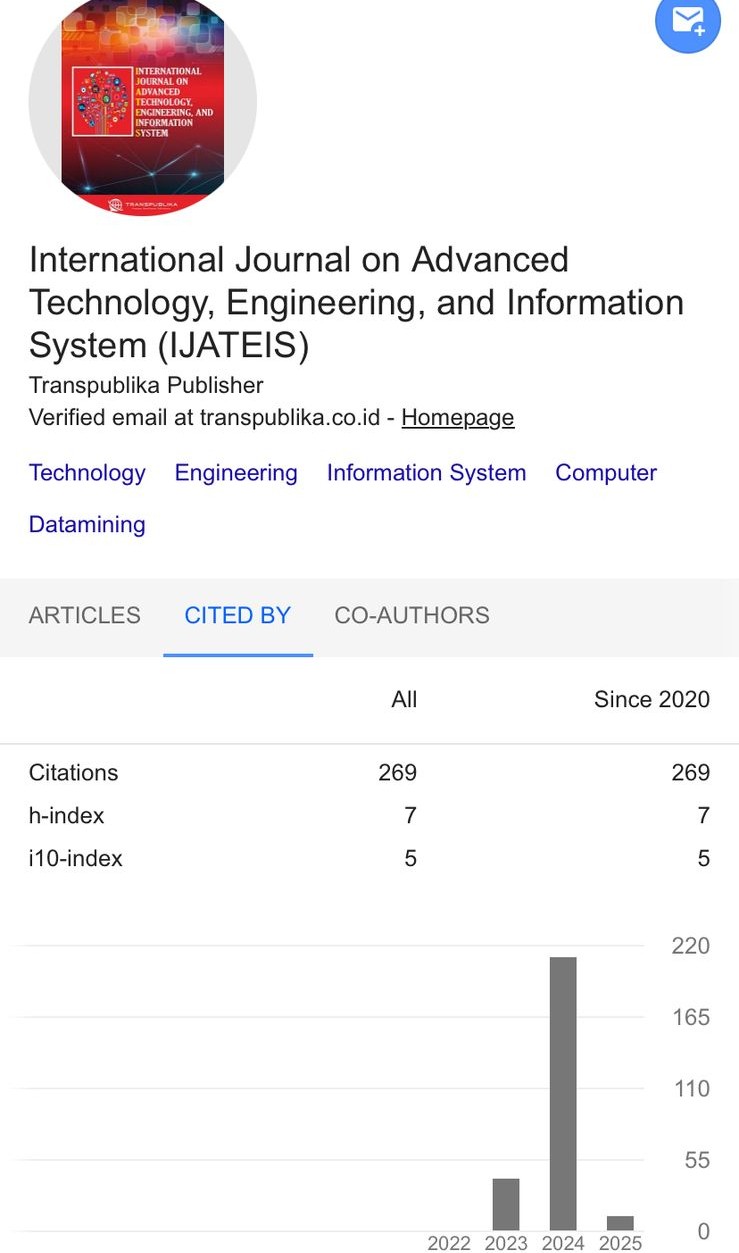Exploring the Functional Potentials of Hydric Soils of Low and Wetlands of Delta State Nigeria
Main Article Content
Edewor Akpezi Okiemute*
This study explores the functional potential of hydric soils located in the lowlands and wetlands of Delta State, Southern Nigeria. Often dismissed due to seasonal inundation and persistent saturation, hydric soils develop under anaerobic conditions that limit oxygen availability. Despite these constraints, such soils exhibit significant levels of organic matter and fertility that could be optimized for agricultural use, especially within the context of sustainable land management and environmental conservation. A field survey method was employed, involving the collection of ninety (90) soil samples—thirty (30) each from three stratified zones representing lowland and wetland environments across the Delta State. These samples were subjected to detailed laboratory analyses to determine their physicochemical properties. The resulting data were statistically analyzed to identify patterns in soil fertility, nutrient content, and suitability for cultivation. Results indicated a consistent presence of organic matter and similar nutrient availability across the studied landscapes, comparable to those in forest and fallow lands. This similarity supports the argument that lowland and wetland soils, though often underutilized, can serve as viable alternatives to conventional arable lands. Their utilization may reduce reliance on rainforest areas and promote ecological balance. In conclusion, the study underscores the importance of re-evaluating hydric soils for agricultural purposes. Leveraging their potential could support precision agriculture, reduce soil degradation, and contribute to achieving Sustainable Development Goals (SDGs) 12 and 13 related to responsible consumption and climate action. Thus, hydric soils represent both a challenge and an opportunity in modern land use planning.
Abubakari, A. H., Nyarko, G., Yidana, J. A., Mahunu, G. K., Abagale, F. K., Quainoo, A., Chimsah, F., & Avornyo, V. (2012). Comparative studies of soil characteristics in Shea parklands of Ghana.
Adamu, U., Mrema, J., & Msaky, J. (2015). Growth Response of Maize (Zea mays L.) to Different Rates of Nitrogen, Phosphorus and Farm Yard Manure in Morogoro Urban District, Tanzania. American Journal of Experimental Agriculture, 9, 1–8. https://doi.org/10.9734/AJEA/2015/19164
Agbogidi, O. M., & Arinze, A. N. (2014). Effects of Kerosene Contaminated Soil on the Growth of SoyaBean (Glycine max (L.) Merr.). Journal of Biological and Chemical Research, 31(1), 425–434. https://www.academia.edu/download/53917168/Effects-of-Kerosene-Contaminated-Soil.pdf
Akinbode, A. (2002). Introductory environmental resource management. Ambrose Alli University.
Alakpodia, L. (1999). An Assessment of Nutrient Status of Hydromorphic Soils along some Rivers in South-Western Nigeria. In Readings in the Arts and Social Sciences. Kwara State College of Education.
Alakpodia, L. (2000). Evolution, Characteristics and Utilization of Derived Savanna Landscapes in Nigeria. In Critical Issues in Nigeria’s Development. Faculty of the Social Sciences, Delta State University.
Ariyo, J., & Mortimore, M. (2015). State, land and agricultural commercialisation in Kwara state, Nigeria. Africa’s Land Rush: Rural Livelihoods and Agrarian Change, 30–45.
Awaritefe, O. D. (1991). A Modern Geography of Nigeria. Goal Publishers.
Awaritefe, O. D. (2013). Delta Beyond Oil, Developing sustainable quality tourism in Delta State, Nigeria. 3rd Delta Tourism exposition.
Aweto, A. O. (1987). Vegetation and soils of the savanna enclaves of Urhobo plains, south-western Nigeria. Catena, 14(1–3), 177–188.
Bouma, J., Van Ittersum, M. K., Stoorvogel, J. J., Batjes, N. H., Droogers, P., & Pulleman, M. M. (2017). Soil capability: exploring the functional potentials of soils. Global Soil Security, 27–44.
Chinsinga, B., & Chasukwa, M. (2012). Youth, agriculture and land grabs in Malawi. IDS Bulletin, 43(6), 67–77.
Earth Policy Institute. (2002). Forest cover shrinking. http://www.wachihe./news/documents/environment.doc
Edewor, A. (2024). Environmental Impacts Of Arable Crop Production:An Evaluation Of Nitrogen And Phosphorous Availability In Cultivated Farmlands Of Isoko Area Of Delta State. Contemporary Journal of Environmental Sciences (CJES).
Edewor, A. O., & Atubi, A. O. (2021). Statistical Analyses of the Physiochemical Properties of Derived Savanna, Rainforest Landscapes of Delta State Nigeria. Journal of Research in Humanities and Social Science.
Efe, S. I. (2007). The Climate of Delta State. In Delta State in Maps. Department of Geography and Regional Planning, Delta State University.
Erickson, H. E., Helmer, E. H., Brandeis, T. J., & Lugo, A. E. (2014). Controls on fallen leaf chemistry and forest floor element masses in native and novel forests across a tropical island. Ecosphere, 5(4), 1–28.
FAO. (1995). Agriculture, Food and Nutrition for Africa, A resource book for teachers of Agriculture, Publishing Management Groups, FAO Information Division, FAO of the United Nations. Food and Agricultural Organization.
FAO. (2001). State of the World’s Forest. Food and Agricultural Organization.
Hall, R., & Scoones, I. (2015). Africa’s Landuse, Rural Livelihoods and Agrarian change. James Currey Oxford.
Leach, M., Scoones, I., Atela, J., Arhin, A., Kijazi, M., Nel, A., Mickels-Kokwe, G., Kokwe, M., Dzingirai, V., Mangwanya, L., Ishmael, H., & Winnebah, T. (2015). Carbon Conflicts and Forest Landscapes in Africa. In Carbon Conflicts and Forest Landscapes in Africa. https://doi.org/10.4324/9781315740416
Madulu, N. (2004). Assessment of Linkages Between Pop ulation Dynamics and Environmental Change in Tanzania. AJEAM-RAGEE, 9, 99–102. https://www.taccire.sua.ac.tz/handle/123456789/533
Mugachi, M. N. (2005). Spatial Analysis of Factors Affecting Vegetation Change in Southern Suberu.
Odemerho, F. O., & Ejemeyovwi, D. O. (2007). The physiographic provinces and drainage systems of Delta State, Nigeria. Delta State in Maps, Delta State University, Abraka.
Peters, C. A. (2009). Accessibilities of reactive minerals in consolidated sedimentary rock: An imaging study of three sandstones. Chemical Geology.
Samuel, A. L., & Akinbani, A. S. (2015). Assessment of soil fertility management among the Arable Crop Farmers in Ondo Southwestern Nigeria. American Journal of Research Communication, 3(2), 25–34.
Udo, E. J., Ibedu, M. A., & Fagbami, A. A. (1984). Phosphorus status of some saline and non-saline hydromorphic soils of the Niger Delta of Nigeria. Plant and Soil, 77, 327–335.
Vanlauwe, B., Diels, J., Lyasse, O., Aihou, K., Iwuafor, E. N. O., Sanginga, N., Merckx, R., & Deckers, J. (2002). Fertility status of soils of the derived savanna and northern guinea savanna and response to major plant nutrients, as influenced by soil type and land use management. Nutrient Cycling in Agroecosystems.












